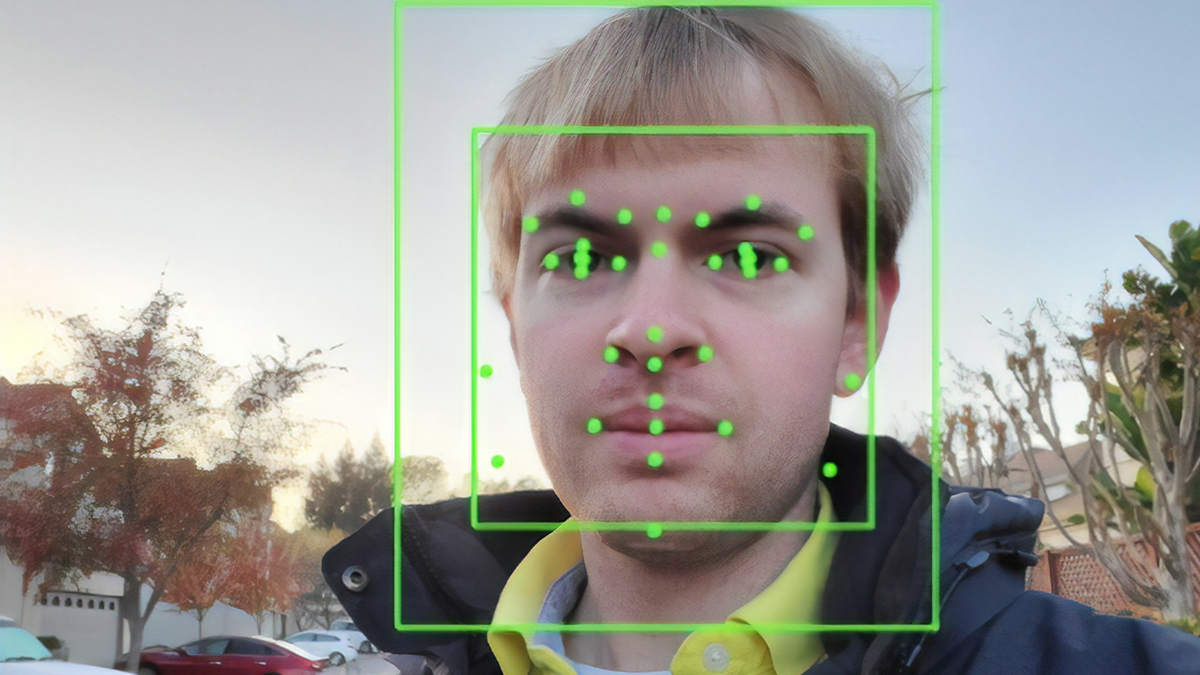A Danish study reveals that artificial intelligence can predict a person's political leaning based on facial features with a surprising 61% accuracy. Researchers utilized deep learning, a sophisticated AI technique, to analyze photographs and identify correlations between facial expressions and political ideology.
The study, published in Scientific Reports, examined thousands of photos of politicians from Denmark's 2017 municipal elections. To ensure unbiased results, the researchers focused on candidates clearly identified as either left- or right-wing, excluded those of non-European descent, and removed images featuring beards or complex backgrounds. The final dataset comprised 4,647 photos, including 1,442 of female politicians.

Leveraging Microsoft's facial expression recognition technology and other algorithms, the researchers assessed emotional states, attractiveness, and masculinity within the photos. They found a notable correlation between perceived happiness and right-wing affiliation, while neutral expressions were more common among left-leaning politicians. Interestingly, attractiveness played a role in predicting conservative leanings for female politicians, but not for their male counterparts. A smaller subset of women displaying contempt were also more likely to be left-leaning.


While acknowledging the potential privacy implications of such technology, the researchers highlighted the study's findings as a demonstration of deep learning's capability to predict ideology based on facial characteristics. The 61% accuracy rate, significantly higher than random chance, underscores the power of AI to analyze and interpret visual data, even in seemingly subjective domains like political affiliation.
Comments(0)
Top Comments